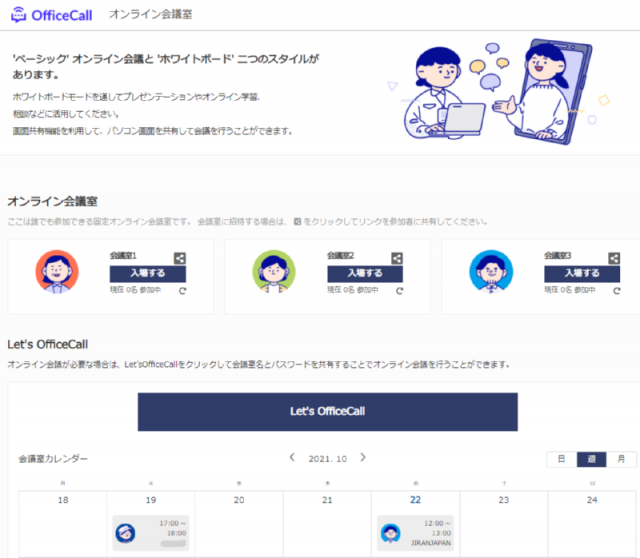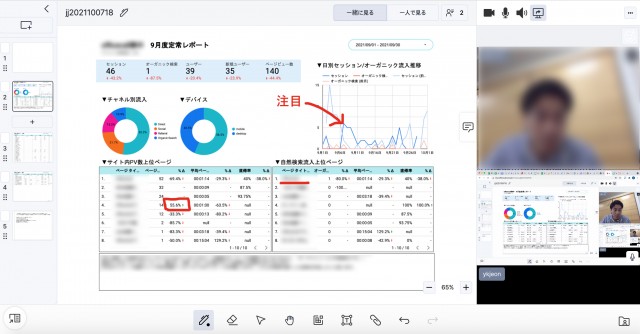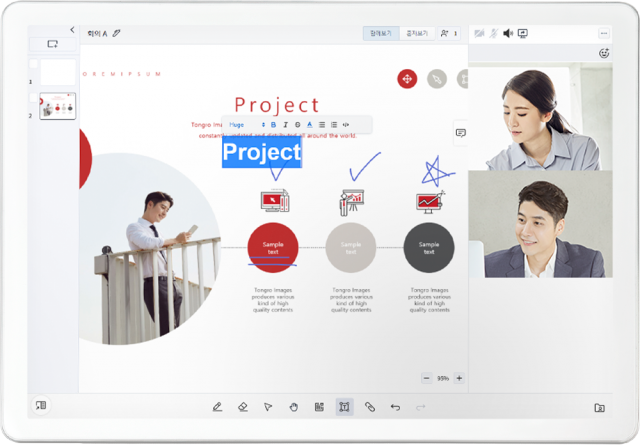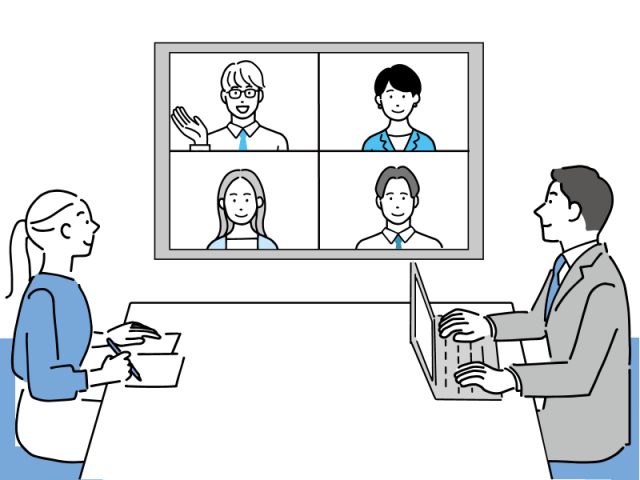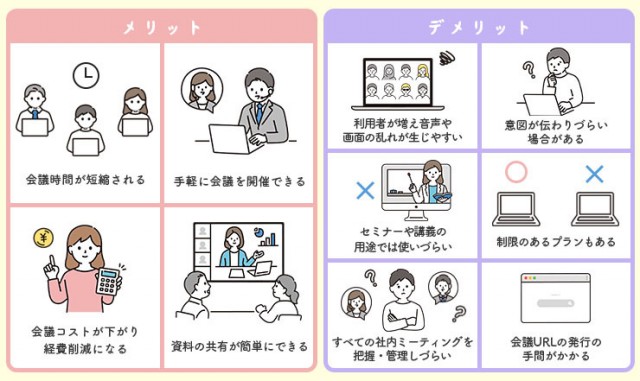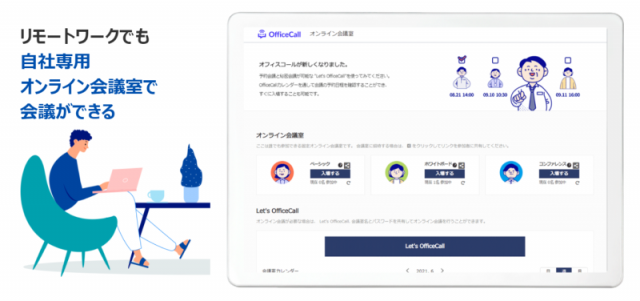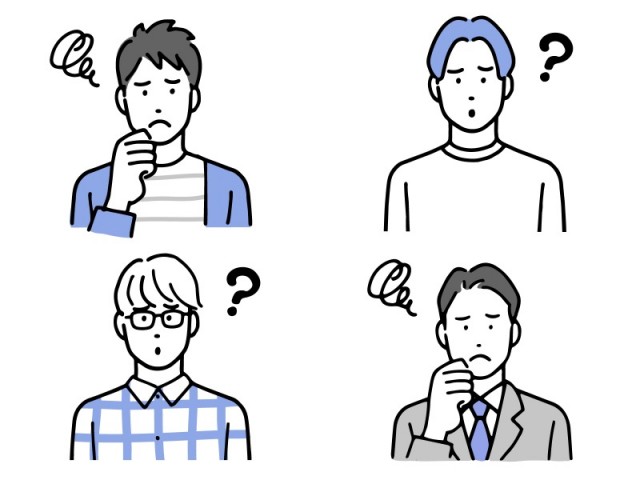Unveiling On-Page SEO Optimization Techniques
ページ情報
照会 40回
作成日: 23-11-06 13:23
본문
Search engine optimization (SEO) is a good way to enhance your web site's visibility within the search engine results pages. On-page SEO optimization is a giant a part of SEO and involves the optimization of specific net pages with focused key phrases and different parts, which helps search engines understand the content of the page and its relevance to searches.
On-web page SEO is a complex process and requires the optimization of a variety of elements for efficient optimization. In this text, we’ll go over the basics of on-web page SEO optimization, what it is and how one can optimize for better rating.
The Why: Properly optimized webpages are necessary for SEO rating
Search engines are consistently looking for indicators that tell them how good a web site and its content are. Search engines use their algorithms to evaluate many elements, such as the content high quality, the age of the web site, inbound hyperlinks and rather more. In relation to the content high quality, certainly one of the main parts that search engines will look for is proper on-page SEO optimization.
The What: Elements of On-Page SEO optimization
On-web page SEO optimization involves the optimization of quite a lot of components. These elements are utilized by search engines to understand the content of the page and its relevance to searches.
Title Tags - Title tags are a very important on-page SEO element and describe the content of the page. Write descriptive titles using key phrases and make them unique to each web page.
Meta Descriptions - The meta description is the brief description that appears within the search engine outcomes web page and helps the searcher to grasp what the web page is about. It ought to be accurate and written in a concise means.
Content - Quality content is essential for on-web page SEO optimization. Content should be related, constant and fascinating. Ensure that it is freed from spelling and grammar errors.
Headings (H1, H2, H3, etc.) - Headings are used to create construction and hierarchy within the content. They should be used to separate sections and subsections of a web page.
Internal Links - Internal links are hyperlinks connecting the totally different pages of a website. They should be used to connect related content and to enhance user expertise.
Images and Alt Tags - Images are a good way so as to add visible parts to your content. Always add an Alt tag to each image, which ought to be a key phrase-wealthy description of the picture.
The How: 4 Steps to Optimize your Pages
1. Determine Your Keywords
Step one is to find out the primary keywords you need to target for optimization. These key phrases needs to be relevant to your product/service and should be used throughout the web site.
2. Optimize Your Pages
Once you’ve determined the keywords, it’s time to optimize the pages. Use the key phrases within the title tags, heading tags, content, picture Alt tags and meta descriptions. Be sure the content is exclusive, related and engaging.
3. Analyze and Measure
The following step is to investigate and measure the efficiency of your pages. Use tools similar to Google Analytics to track the efficiency of your pages and monitor their rankings.
4. Monitor and Adjust
Once your pages are optimized and you’ve analyzed the performance, the following step is to monitor and modify. Ensure you retain optimizing and adjusting your pages to keep up with the ever-altering search engine algorithms.
By following these steps and regularly optimizing your webpages, you possibly can be sure that your webpages are properly optimized for SEO ranking and improve their visibility within the search engine results pages.
